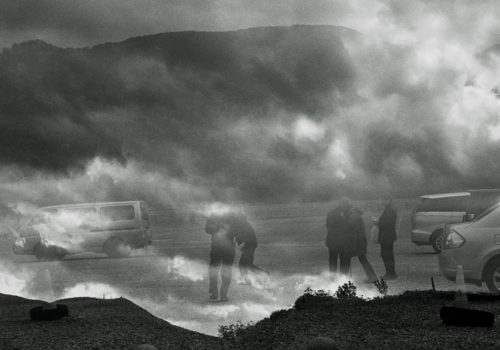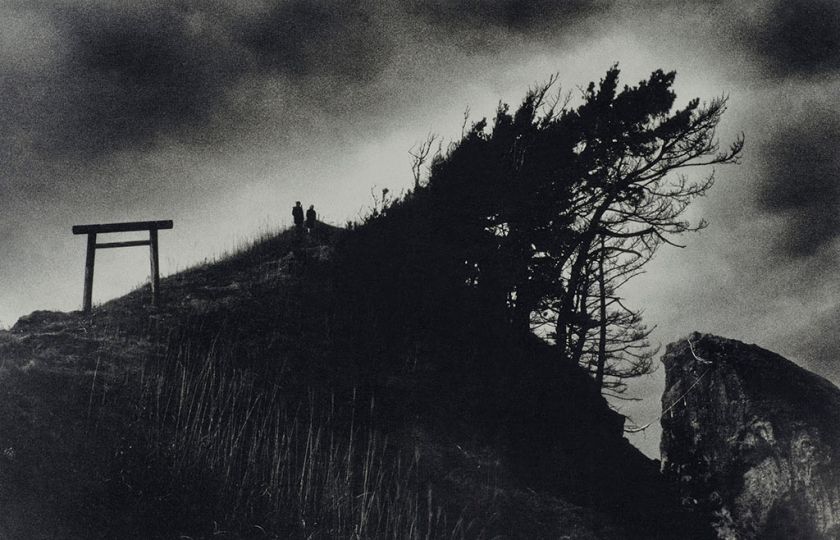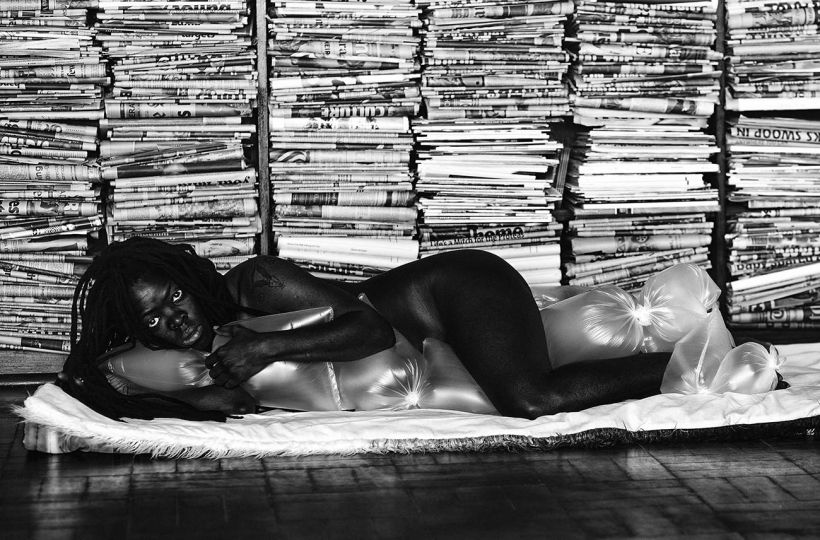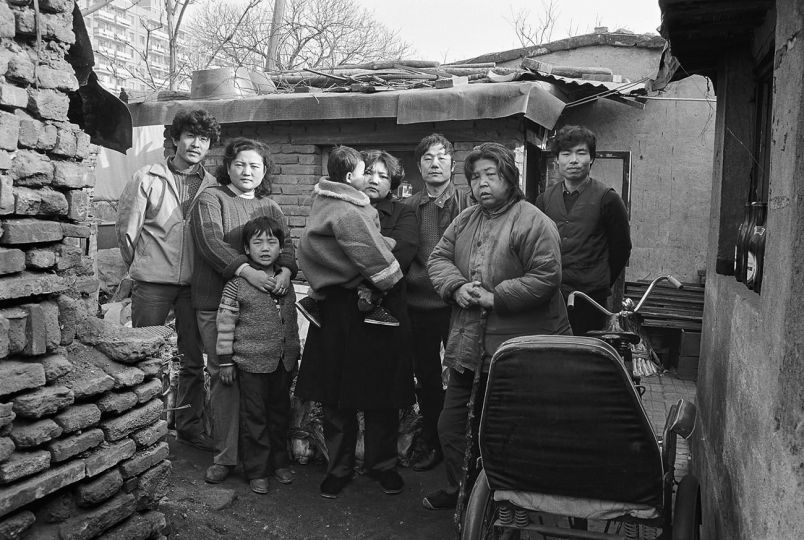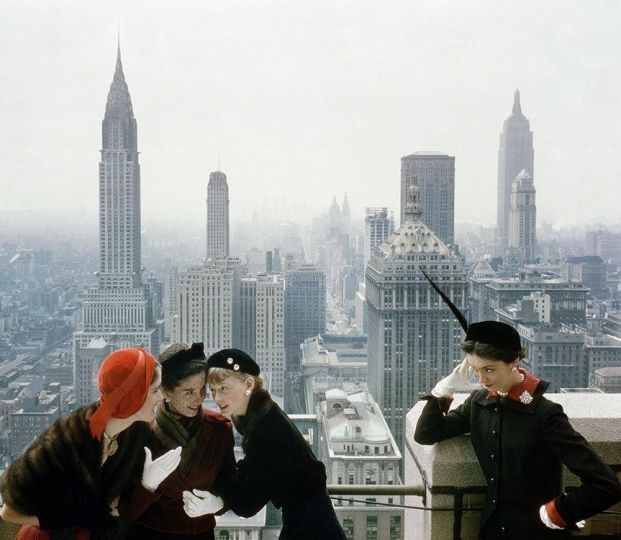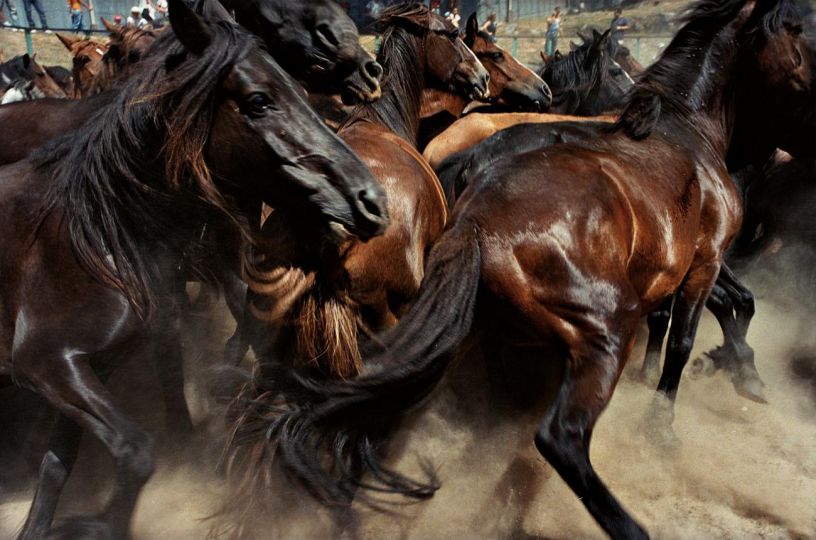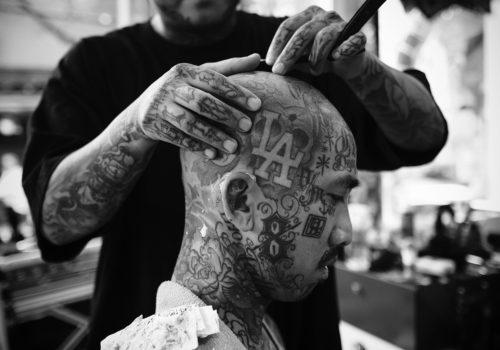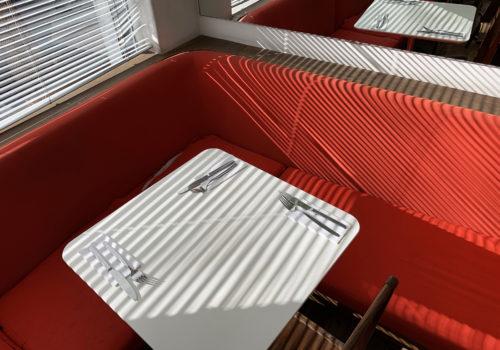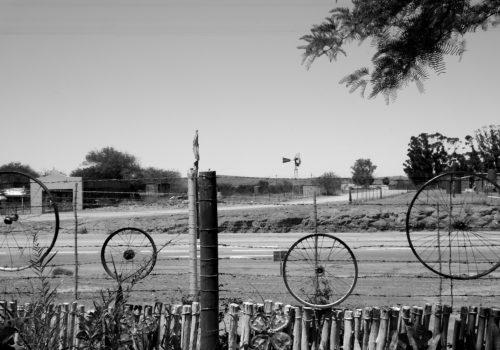Hidden behind the anonymous stucco facade of a Regents Park Inner Circle villa, Akiko Takizawa’s first solo show, held at the Daiwa Foundation in London, is anything but anonymous. In fact, Takizawa’s images are highly personal compositions, emotionally charged yet containing within them a strange distance and a darkness, which may not be altogether surprising given that their main subject, and the inspiration for her work, is death.
Indeed, Takizawa suffered a near-death experience aged 12, and she takes a documentarian’s inspiration in a series of tragic fait divers that all relate to death. Her latest series, made especially for the show, all double exposures and fragmented scenes, is shot at Osorezan in the North Japanese region of Aomori: with a name that translates as “fear mountain”, it is a place where relatives go to speak to their lost family members via a medium. It is shown next to “Headland” (2007), an earlier series that is perhaps the most readily understood of the show, with dark-edged landscapes that reveal Takizawa’s formal compositional talent and give the viewer an entry-point into her carefully balanced, more complex compositions.
Back in 2005, hearing in the news of parents abandoning their children in a snowy mountaintop, Takizawa made a pilgrimage of sorts to the place. Re-enacting a particularly tragic detail of the story, that the parents had watched their children die in the car headlights, “Where We Belong” is a filmic posthumous homage to these dead children, capturing scared adults lit by a sodium halo of light, small and lonely at the bottom edge of the frame, the rest of which is taken up by a flurry of swirling snowflakes, whitely lit against the black background. It’s an ominous yet compelling piece, managing to walk a thin line between tenderness and violence. It guides the viewing for the rest of the room, where, on the opposite wall, the large format abstract composition of multiple exposures, “Senbazyru-Sakuran” (2004), is redolent of shattered glass and explosive emotions. It is displayed in between two colour double exposures, “Magnolia” (2004) and “Father – Sakura no.1” (2006), calmer pieces, steeped in the colour blue, where the dominance of the sky somehow seems to remind us to be mindful, and to care for our elders.
But in this exhibition, it is the elders who continue to care for their children: in the series “Wedding up in Heaven” (2011), Takizawa photographs the ghostly arranged weddings bereaved parents organise for their dead children. Framing shrines and fragmented portraits of young adults dead before their time, Takizawa seems to identify with lost children and inconsolable parents alike, hovering around the edges of this deeply intimate space between life and death with her camera. Indeed, Takizawa’s work circles death like a moth circles light, dancing close to it yet distancing herself from it -the camera is both shield and medium, a sheltered means of engagement with the world. She deals in large abstractions, but also in figurative scenes that beckon to us, such as in “Tereso”, an early series from 2003, where the small dancing naked figures of the double exposure are somehow reminiscent of the Cottingley fairies, and the country landscape reminds us of some long-lost magical land. These are playful images, yet mournful, also.
Takizawa writes, “I feel that my camera acts as an antenna –to receive signals carrying urgent messages from the lost lives and objects that fill the air around us. I believe that it is this frantic whispering of death that pushes me to take photographs, and enables me to continue living.” Light and dark, ghostly bodies at the edges of frames, shadowy fragments dancing across the frame, burnt out lights, the exposures are almost always multiple in Takizawa’s work. It’s a belief in reincarnation that sends lightness though her work, and as she takes us on a journey through death, dancing on the edges of life, it’s difficult not to love this graceful show, full of meaning and poetry, tucked away behind its anonymous facade.
Anne Bourgeois-Vignon
Akiko Takizawa, “Over the Parched Field”
Until March 1, 2011
Daiwa Anglo-Japanese Foundation
13/14 Cornwall Terrace
London NW1 4QP
Monday-Friday, 9.30am – 5.00pm

